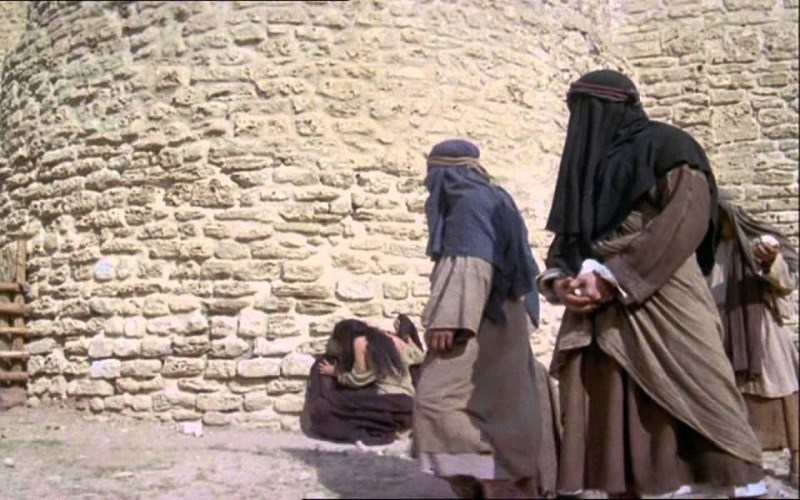

The following is a collaborative effort of husband and wife Jeff and Anne Reed
Each of us can drudge up a snapshot of humanity at its worst. Perhaps images of the Holocaust or genocide in Rwanda are recalled. Or maybe more recent revelations come readily to mind: ISIS beheadings or harvesting of aborted baby body parts.
These are visions that challenge the widespread hope that people are generally good, leaving in its wake the sinking feeling of human depravity. But these snapshots of humanity also seem to grant us permission to divorce or distance ourselves from such savagery.
Some people mock the idea of human depravity, insisting that it demeans the human spirit or wastes our potential for good with unnecessary guilt. But most of us recognize in ourselves the potential for something other than good, for greed or cruelty, for vice just as easily as virtue. Even those who disapprove of the word “sin” have seen its expressions in their lives and in others.
Looking below the surface of our good days or friendly moments, it is hard not to admit who we really are – when life runs amuck or temptations overwhelm us. It is complicated to say the very least.
Whether with theory or judgment, we masterfully place ourselves in different categories. Perhaps subconsciously, we do so by considering another’s primitive definition of common sense or distinctively depraved character. “What a monster!” we say. “How could anyone do such a thing?”
Let’s take a look at the account of the woman caught in adultery and brought before Jesus in the temple court (John 8:1-11, NIV). Most of us know it well.
As Jesus stood with a woman at his feet in the middle of a group armed with rocks and hatred, he crouched down in the sand. And with his finger wrote something that caused a fuming crowd to drop their stones and a devastated woman to try again. No one knows what he wrote on the ground that day before the Pharisees and the woman caught in adultery, yet we often emerge from the story not with curiosity but with satisfaction.
The conviction of the Pharisees gives us a feeling of victory. And it is satisfying to picture them owning up to their own sins.
If we imagine ourselves in the scene at all, it is most likely in a crumpled heap of shame at Jesus’ feet. For most of us, it is not a giant mental leap to see ourselves in the adulterous woman.
It is far more difficult to consider how well we play the role of the Pharisee. We have perhaps so villainized the lives of these religious leaders that we consider their faults out of our reach.
Like the Pharisees, Christians who have come to recognize the dark realities of sin before the light of God are often troubled by sin’s widespread, bleak persistence. It is we who sometimes stand with stones in our hands; other times we simply put ourselves in lesser categories of depravity, looking at the crumpled, sinful world around us with an air of disgust. We rally together in circles of righteousness, surrounding those whose lack of virtue is far more obvious.
We name their sins publicly, and we consider their humiliation well deserved, perhaps even beneficial. And all the while we fail to see the Pharisee in ourselves. It is rare that we see the stones in our hands as a problem.
Jesus crouches beside us writing something in the sand that fails to catch our attention.
In the worst images of humanity, we must not leave ourselves out. For in them is a picture of how far the curse extends within each of us. Oh, how great is the reach of God’s cure!
Considering human depravity without seeing ourselves in the picture is failing to recognize its weight. Viewing the sins of the world from a position of superiority is like picking up the stones that God has saved us from and lobbing them at someone else.
Jesus has called us to examine both the stones in our hands and the rockiness of our hearts and to drop every trace of rubble at his feet.
After each of the Pharisees had released their rocks, they walked away – one by one.
Then “Jesus straightened up” and asked the one beside him, "Woman, where are they? Has no one condemned you?"
“‘No one, sir,’ she said.”
“‘Then neither do I condemn you,’ Jesus declared. ‘Go now and leave your life of sin.’"
And the stones, they left behind.

